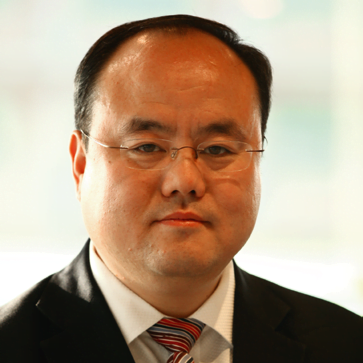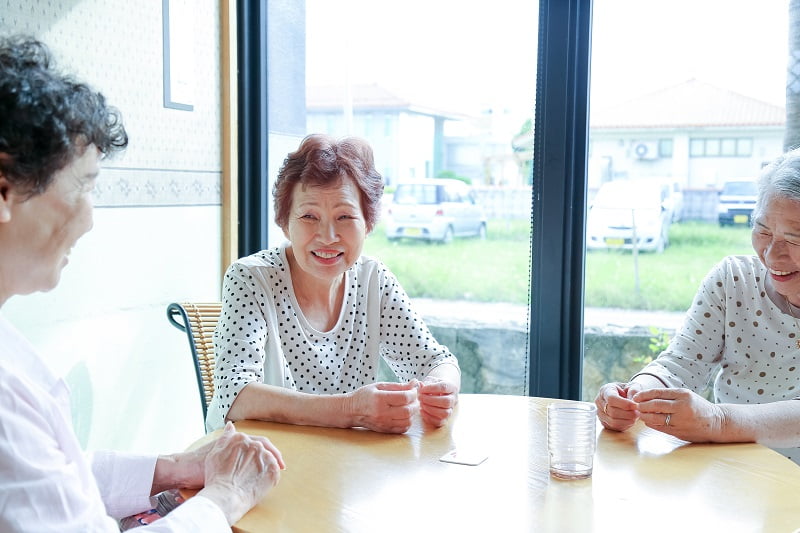James Wang, Senior Vice President of Beijing eHualu Information Technology Co. Ltd. / General Manager of Hualu Senior Care and Health Management Co. Ltd., provides an overall picture of the Silver economy in China.

According to the report published by the National Aging Office, the market size of aging industry was about 1 trillion RMB in 2010, and is expected to reach 3.3 trillion RMB by 2020, 8.6 trillion RMB by 2030, and 17.5 trillion RMB by 2040. Between 2015 and 2050, Chinese annual expending of aging industry will rise from around 4 trillion RMB to about 106 trillion RMB, and its share of GDP will increase from about 8% to 33%. China will become the biggest market in the world in terms of the aging industry.
The overall dependency ratio reached an inflection point in 2010, with the ageing of the population increasing. The overall social dependency ratio began to recover in 2010. The number of the group at the age of 15-64 has been growing and peaked in 2010. The number and share of the working population aged 15-59 peaked at 69.8 per cent in 2011. In the future, the population structure will present an inverted triangle, and the challenges will be enormous.
The rapid aging population has brought a huge market to the aging service industry. The rapid increase of the number of elderly people brought the need of long-term care, such as disability, semi-disability and mental retardation. The traditional home-care model is hard to sustain: the large-scale population mobility causes the separation of children from their parents, the decline of the birth rate, and the inverted pyramid family structure. These cause the excessive burden of children’s care. The demand for quality aging services has reached an inflection point, and keep growing very quickly.
The main issues of the aging industry in China
- Fast aging :According to international standards, China entered the aging in 2010. The proportion of the elderly population over 65 reached 6.96%, and the proportion of the population over 60 reached 10.2%. From the global point of view, the aging process in developed countries is as long as several decades for a century. For example, France took 115 years, Switzerland took 85 years, the United Kingdom took 80 years, the United States took 60 years. While China only took 18 years to be as the aging society.
- Growing old before getting rich: When China entered an aging society in 2000, its GDP per capita was only $3976, about a third of that in developed countries ($10645 in the United States and $11579 in Japan). The main income of the elderly people is the basic pension, whose replacement rate is only 44%, lower than the 60% level of the international warning line. And the scale of occupational pension and individual supplementary pension insurance is very small.
- Growing old before getting prepared: Pension, medical, nursing insurance and other social security system is not ready to pay for the aging life. By the end of 2017, there are 241 million people aged 60 or above in China, accounting for 17.3% of the total population. But the pension market is just getting started. The structure of aging in China is severe (disability 37.5 million, chronic diseases more than 100 million), but the quality and level of old-age service is far from enough.

Public Policies serving Aging Well in China
The current aging industry in China is very similar to the situation in Japan when long-term care insurance was introduced 20 years ago, and we can expect to learn from Japan’s experience in the future and promote long-term care insurance comprehensively in the cities. However, as a large country with a vast territory, rapid accumulation of wealth, and consumption transformation and upgrading, Chinese pension system will have some of the characteristics of the American model. As China’s “baby boom” (born in the 1960s) enters retirement, the elder’s affordability has greatly increased. China has a vast territory, convenient transportation. And the services is gradually improved. China also has natural scenery and diversified climate. As the pollution in large cities is getting more serious, all these are bringing opportunities for the development of CCRC (Continuing Care Retirement Community).
The 19th CPC National Congress pointed out that the principal contradiction in our country’s society has been transformed into a contradiction between the people’s growing needs for a better life and the unbalanced and insufficient development, and clearly stated that we should “actively deal with the aging of the population.” We should build a policy system and social environment for providing better services for the aged, and respect for the elderly, promote the integration of medical care and nursing, and accelerate the development of undertakings and industries for the elderly. The 13th Five-Year Plan of China’s old-age industry proposes “to establish a multi-level senior care service system based on the home care, supported by the community care , and supplemented by the care services in institutions.” Local governments have also established policies to encourage and support the development of the aging service industry.
Published by the Editorial Staff on
